Filter by
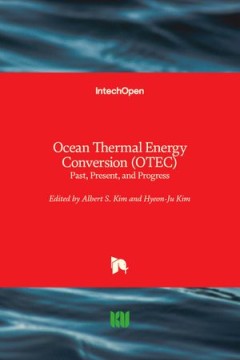
Global Trends & Challenges in Water Science, Research and Management: A compe…
The global water challenge is unprecedented. Climate change, rapid urbanisation, increasing consumption and demand for food and energy, and changing land use, will leave few countries and communities unaffected. The demand for water and sanitation services is greater than it has ever been, and water has never been higher on the agenda. The Sustainable Development Goals (SDGs) not only provide a…
- Edition
- -
- ISBN/ISSN
- 9781780408378
- Collation
- -
- Series Title
- -
- Call Number
- -
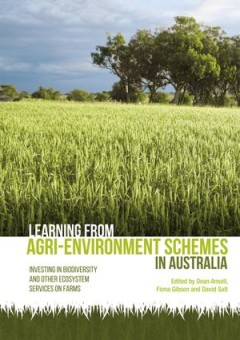
Learning from agri-environment schemes in Australia Investing in biodiversit…
Learning from agri-environment schemes in Australia is a book about the birds and the beef — more specifically it is about the billions of dollars that governments pay farmers around the world each year to protect and restore biodiversity. After more than two decades of these schemes in Australia, what have we learnt? Are we getting the most out of these investments, and how should we do thin…
- Edition
- -
- ISBN/ISSN
- 9781760460150
- Collation
- -
- Series Title
- -
- Call Number
- -
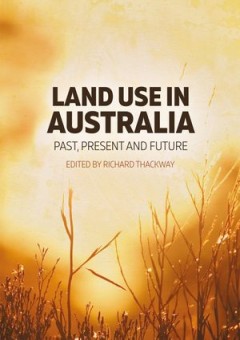
Land Use in Australia Past, Present and Future
"Land Use in Australia: Past, Present and Future, is a compilation of invited chapters from Australia’s leading specialists in land use policy and planning and land management. Chapters present many widely recognised issues involved in Australia’s land use policy and planning, including limited understanding and poor awareness of: the rich history of poor decisions on land use planning and …
- Edition
- -
- ISBN/ISSN
- 9781921934414
- Collation
- -
- Series Title
- -
- Call Number
- -
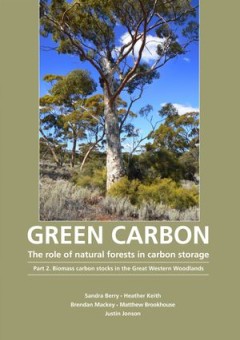
Green Carbon Part 2 The role of natural forests in carbon storage
This report is the second in a series that examines the role of natural forests and woodlands in the storage of carbon. Understanding the role of natural ecosystems in carbon storage is an important part of solving the climate change problem. This report presents a landscape-wide green carbon account of the ‘Great Western Woodlands’ (GWW), sixteen million hectares of mostly contiguous natur…
- Edition
- -
- ISBN/ISSN
- 9781921666711
- Collation
- -
- Series Title
- -
- Call Number
- -
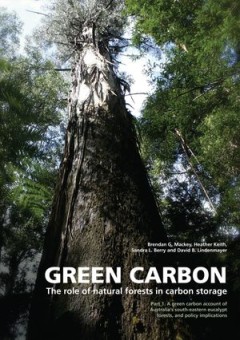
Green Carbon Part 1 The role of natural forests in carbon storage
The colour of carbon matters. Green carbon is the carbon stored in the plants and soil of natural ecosystems and is a vital part of the global carbon cycle. This report is the first in a series that examines the role of natural forests in the storage of carbon, the impacts of human land use activities, and the implications for climate change policy nationally and internationally. REDD (“reduc…
- Edition
- -
- ISBN/ISSN
- 9781921313882
- Collation
- -
- Series Title
- -
- Call Number
- -
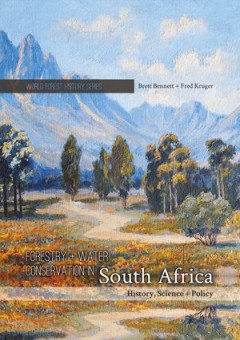
Forestry and Water Conservation in South Africa History, Science and Policy
This innovative interdisciplinary study focuses on the history, science, and policy of tree planting and water conservation in South Africa. South Africa’s forestry sector has sat—often controversially—at the crossroads of policy and scientific debates regarding water conservation, economic development, and biodiversity protection. Bennett and Kruger show how debates about the hydrologica…
- Edition
- -
- ISBN/ISSN
- 9781925022841
- Collation
- -
- Series Title
- -
- Call Number
- -
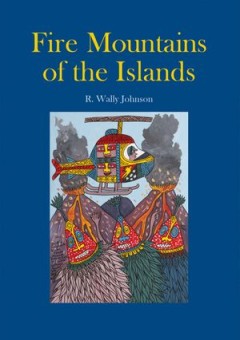
Fire Mountains of the Islands A History of Volcanic Eruptions and Disaster M…
Volcanic eruptions have killed thousands of people and damaged homes, villages, infrastructure, subsistence gardens, and hunting and fishing grounds in Papua New Guinea and the Solomon Islands. The central business district of a town was destroyed by a volcanic eruption in the case of Rabaul in 1994. Volcanic disasters litter not only the recent written history of both countries—particularly …
- Edition
- -
- ISBN/ISSN
- 9781922144225
- Collation
- -
- Series Title
- -
- Call Number
- -

Building a Sustainable and Desirable Economy-in-Society-in-Nature
The world has changed dramatically. We no longer live in a world relatively empty of humans and their artifacts. We now live in the “Anthropocene,” era in a full world where humans are dramatically altering our ecological life-support system. Our traditional economic concepts and models were developed in an empty world. If we are to create sustainable prosperity, if we seek “improved huma…
- Edition
- -
- ISBN/ISSN
- 9781921862045
- Collation
- -
- Series Title
- -
- Call Number
- -
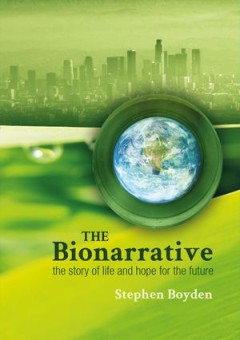
The Bionarrative The story of life and hope for the future
This book is for the general reader interested in the human place in nature and the future of civilisation. It is based on the biohistorical approach to the study of human situations. This approach recognises human culture as a new and extremely important force in the biosphere. The book discusses the evolution of life and the essential ecological processes on which all life, including human ci…
- Edition
- -
- ISBN/ISSN
- 9781760460501
- Collation
- -
- Series Title
- -
- Call Number
- -

Between the Plough and the Pick Informal, artisanal and small-scale mining i…
Between the Plough and the Pick deepens our understanding of informal, artisanal and small-scale mining, popularly known as ASM. The book engages with wider scholarly conceptualisations of contemporary global social, agrarian and political changes, whilst underlining the roles that local social‑political-historical contexts play in shaping mineral extractive processes and practices. It shows …
- Edition
- -
- ISBN/ISSN
- 9781760461713
- Collation
- -
- Series Title
- -
- Call Number
- -
 Computer Science, Information & General Works
Computer Science, Information & General Works  Philosophy & Psychology
Philosophy & Psychology  Religion
Religion  Social Sciences
Social Sciences  Language
Language  Pure Science
Pure Science  Applied Sciences
Applied Sciences  Art & Recreation
Art & Recreation  Literature
Literature  History & Geography
History & Geography